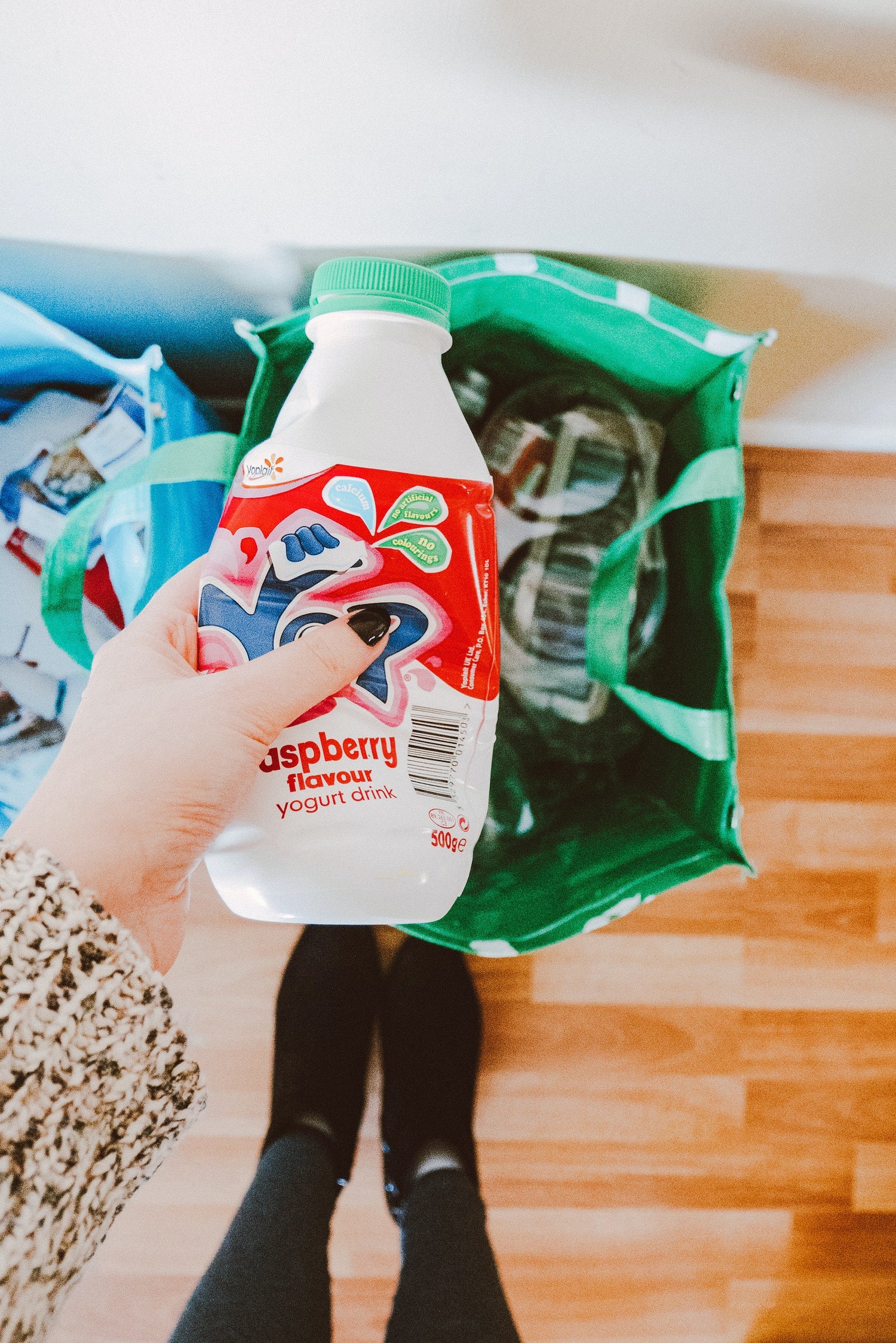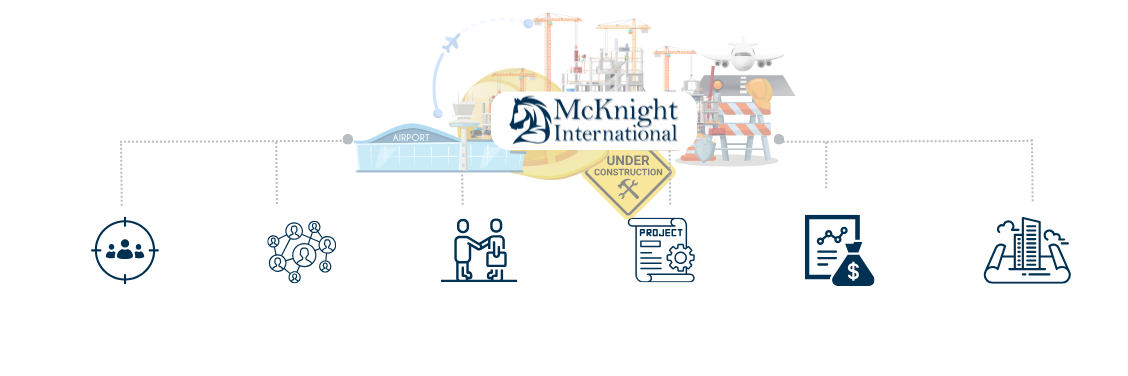In today's eco-conscious age, sustainable branding isn't just a luxury—it's a necessity. Brands that are proactive about their green initiatives not only reduce their carbon footprint but also find favor with consumers who prioritize the environment. From packaging to promotion, it's clear: a sustainable brand is a successful brand. Let's delve into some top green practices and how leading brands, including Popl, are harnessing them for a brighter, cleaner future.

1. Sustainable Packaging
Packaging contributes to a significant chunk of waste worldwide. Brands are adopting sustainable packaging such as use of biodegradable materials, minimizing excessive packaging, and implementing recycling programs. This not only reduces environmental impact but also creates a positive brand image among environmentally-conscious consumers.
2. Eco-Friendly Supply Chain
Evaluate your supply chain's environmental impact. This involves scrutinizing each step, from sourcing materials to product delivery. Prioritize suppliers that implement green practices, ensuring that your brand's environmental efforts don't stop at the factory doors.
3. Digitalization of Promotional Materials
Physical promotional materials, like banners, flyers, and traditional business cards, contribute to paper wastage. Switching to digital options is an impactful way to promote sustainably. Take the Popl digital business card, for instance. It offers a green, efficient solution, reducing the waste of paper cards. A shift like this isn't just great for the environment, but also caters to the digital preferences of modern consumers. This evolution is why it's often said that Popl offers the best digital business cards for realtors and other professionals.
4. Renewable Energy Sources
Integrating renewable energy sources like solar or wind power into operations drastically reduces a brand's carbon emissions. It might require an initial investment, but the long-term benefits both environmentally and economically are significant.
Also, implementing advanced solar energy storage solutions ensures a consistent power supply even when the sun isn't shining. It might require an initial investment, but the long-term benefits both environmentally and economically are significant.
5. Embrace Digital Tools for Team Management
Transitioning away from paper-reliant processes involves more than just external promotional efforts. Brands can integrate digital tools for internal management, reducing waste and promoting efficiency. Popl Teams is an exemplary tool in this regard, offering lead management and sales enablement without the piles of paper.
6. Continuous Environmental Education
Stay updated with the latest green practices by enrolling your team in workshops and webinars. Continuous learning ensures your brand remains at the forefront of eco-friendly initiatives, always evolving with the changing landscape.
Additionally, integrate sustainable logistics strategies to enhance route planning, optimizing efficiency while minimizing carbon footprint.
7. Promote Green Consumer Behavior
Encourage consumers to participate in green initiatives. This could be through reward programs for recycling your products, offering discounts for eco-friendly behaviors, or simply through educating them on the environmental benefits of digital business cards and other digital solutions.
Conclusion
Green practices for sustainable brands are more than just buzzwords—they're actionable steps towards a brighter, cleaner future. Brands that effectively implement these practices position themselves as leaders in their respective fields, fostering loyalty among eco-conscious consumers.
As the world pivots towards a more sustainable model, is your brand ready for the change?
---
More from Popl:















